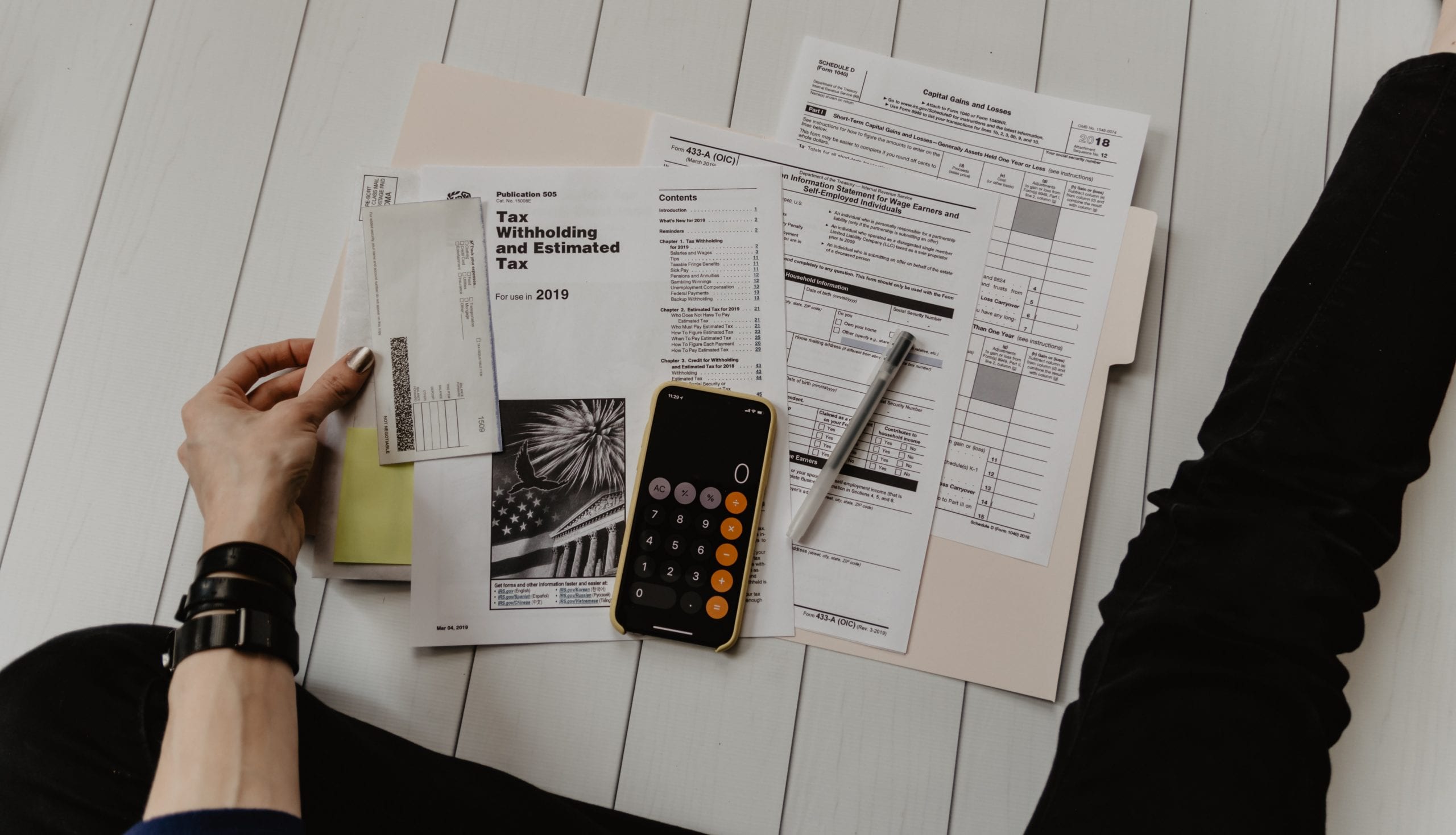Saving money and budgeting can seem basically unreachable when there appears to be an expense every way we turn. How do people do it? How do they stay committed enough? Well, budgeting can be moderately simple. That is, as long as you are genuinely committed.
These budgeting and savings tips are ones that you can start doing today to bring you a stable financial future. We’re not telling you to eat one meal daily and sell all your possessions merely. You’ll undeniably want to commit to these realistic and attainable saving methods if you’re saving or planning a budget.
Sit Down With Your Money
Update yourself weekly on your spending. Did you spend more than you wanted to on food or entertainment? Are there areas where you didn’t expect to spend? Informing yourself about your financial status weekly will help keep your budget on track. Keep your spending on a mapped-out, goal-oriented course.
Cut Out Cable
With countless economical streaming services available, such as Netflix, Hulu, or Amazon Prime, cable seems to be an additional expense you could live without. Cable prices are only growing and are expected to increase to an average of $123 per month or $1,476 per year. That’s a relatively large amount of money that can be saved for other financial objectives.
Save On Food
Food is an essential you can’t cut out. Nonetheless, what you can cut is unnecessary spending. There are several ways to save on food that you perhaps hadn’t considered or committed to. For example, plan your weekly meals and cook at home, have a potluck with friends instead of going out, or drink your coffee at home. Dollars spent on a meal here and there can add up quickly, so it’s all about strategy.
Travel Financially Smart
With modern leverage lodging rental websites like Airbnb, Travelmob, or Housetrip, you can frequently locate a place to stay for vacation at a portion of the hotel price. Additionally, you can rent a place with a kitchen that you can cook in (to save more money), and you could even choose to rent out your place simultaneously (more money!).
Work More
This one seems apparent, but if your job permits, be sure to do it. Or get a side job or freelance. This also makes for less time for spending.
Wait 48 Hours Before You Click “Buy”
Stop your impulse buying. Especially in the age of digital shopping, try to wait at least 48 hours before purchasing. You’ll realize that an extra jacket isn’t a necessity.
DIY
You can find numerous “do it yourself” instructions online to help you either fix things, make presents, create household beauty treatments, and more. Save money while learning a lifelong skill.
Impress Yourself, Not Others
 You can change your mindset to be impressed with your savings progress rather than trying to keep up with other people’s spending behaviors. Just because someone has a fancy car or purse doesn’t mean you need to buy one. Impress yourself with your money-saving abilities.
You can change your mindset to be impressed with your savings progress rather than trying to keep up with other people’s spending behaviors. Just because someone has a fancy car or purse doesn’t mean you need to buy one. Impress yourself with your money-saving abilities.
Chill With Your FOMO
The same concept pertains to the “fear of missing out” or FOMO. Just because someone can afford to go out for drinks every day, doesn’t mean you can/have to. You’ll be happier in the end with your savings achievements and won’t even be upset you missed that party.
Don’t Get Discouraged While Saving Money
Even if your savings aren’t increasing exponentially, that doesn’t mean you should quit. Begin by taking small steps, and quickly you’ll make a habit and then a lifestyle out of saving. Saving money one percent more than previously is better than nothing, so try your hardest and stick it out.

